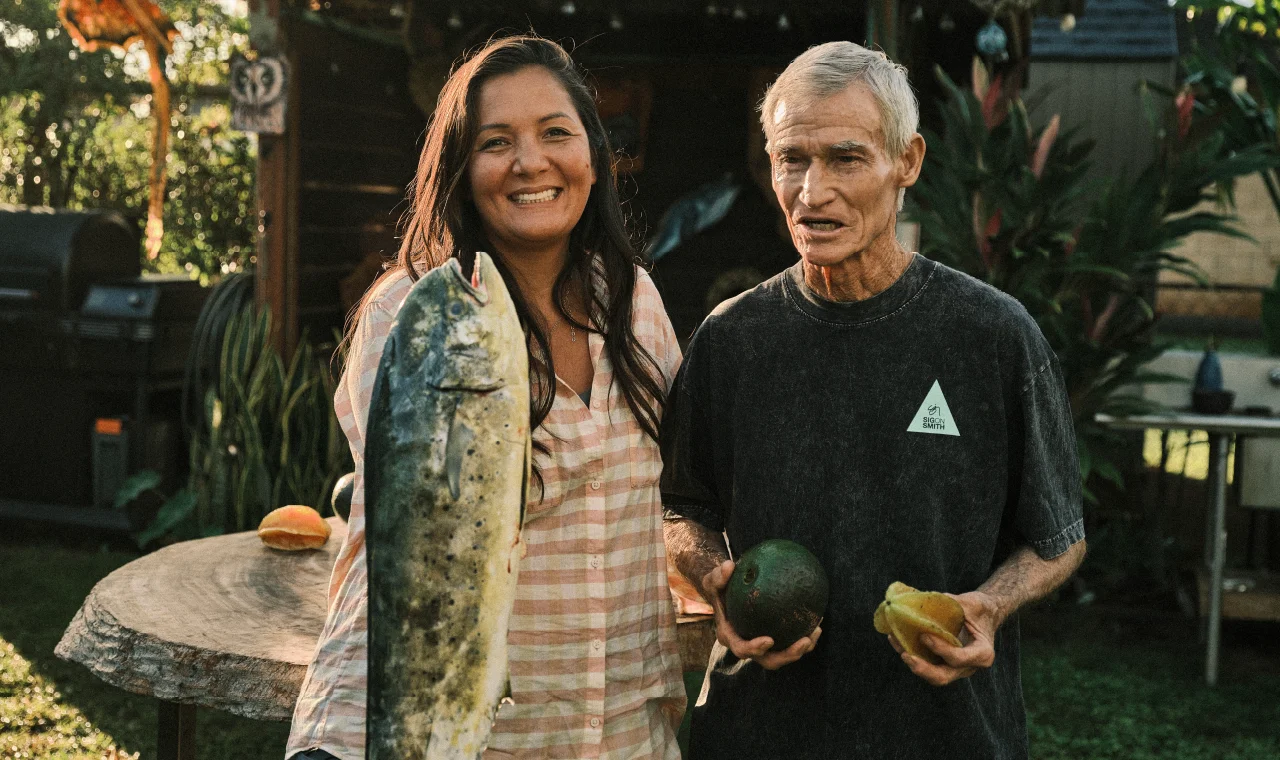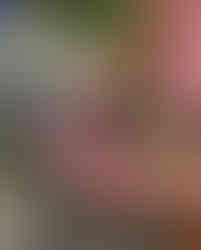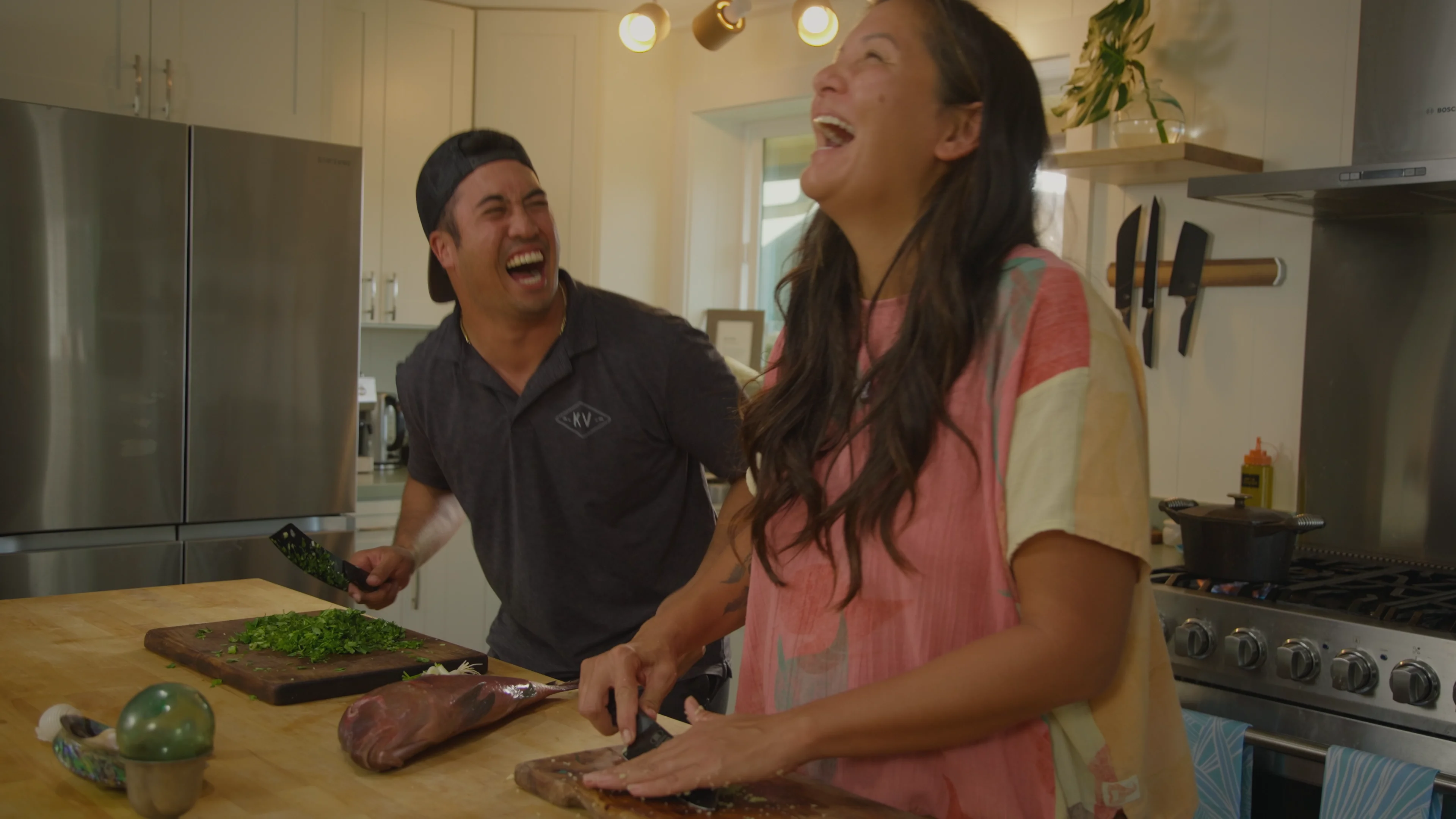Bringing Aloha to the Table: The Story Behind Kimi’s Kitchen
- Jordan Kelley
- Jul 10
- 9 min read
Jordan P. Kelley, Director of Content, BrandStorytelling
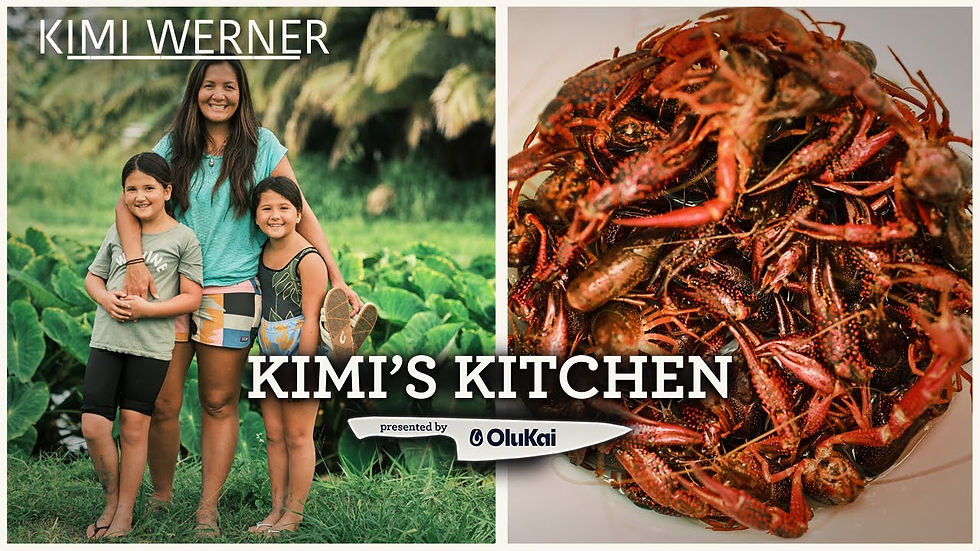
Want weekly exclusive brand storytelling content like this direct to your inbox? Subscribe to the Brand Storytelling Newsletter.
Brand storytelling can take many forms - sometimes guided by a carefully scripted campaign, other times sparked by a shared instinct for something more organic. Kimi’s Kitchen, a collaborative series between OluKai and freediver/chef Kimi Werner, is the latter. What began with an email pitch quickly became a deeply personal project rooted in community, authenticity, and the spirit of aloha. With the support of OluKai, Kimi and her husband turned their newly renovated home kitchen into a storytelling hub, hosting local guests, cooking heartfelt meals, and creating a space where honest conversation could unfold. As Werner puts it, “Every single time, it just worked... it truly ended up being the perfect combo and such a great series.”
Kimi's Kitchen is a fantastic example of what brand-produced content can become when brands recognize the immense potential of creators as genuine collaborators. BrandStorytelling caught up with Werner, Mellisa Ziegler (formerly VP Marketing at Olukai), and series producers Justin Turkowski and Jeff Hawe to learn more about the making of Kimi's Kitchen:
How did the concept for 'Kimi's Kitchen' originate, and what inspired you to share your personal experiences through this series?
Kimi Werner: I received an email from Melissa Ziegler at OluKai. She knew that we had just renovated our old kitchen into a space we loved and pitched a concept to me about making a series right there in the heart of my home. She had a vision of bringing in people from the local community of Hawaii and using cooking and conversation to highlight the good they do in the world. It was music to my ears when I heard her describe this vision. My husband Justin and I had always dreamed of doing this. We had our own backyard cooking show on YouTube and we always wanted to feature more guests on it. So with our new kitchen finished and more importantly, the support of OluKai to hire a small production crew and group of contributors, this dream was coming true!
What was your initial reaction to partnering with OluKai for this project, and how did you ensure your personal narrative remained authentic within a brand collaboration?
KW: Our instant reaction to this concept was, "Yes! Can it live on our YouTube page?" This was very important to protecting and perpetuating the authenticity of our style of filmmaking within a brand collaboration. Our YouTube has a well-earned following and we wanted to make sure to honor the community who supports us while introducing them to OluKai and this series in a way that was still truthful and real to who we are. Keeping the series on our channel would not only expose the brand to a new audience but it would allow us keep the narrative and vibe of the project rootsy and real. On behalf of OluKai, Melissa gave us her full trust. She let me choose the guests. Many brands would've resisted when I chose a few people with no social media platforms whatsoever- like my friend Jock who is 76 years old or sisters, Elli and Aki who are still in elementary school. But OluKai gave us the reigns and wow, what a rich and diverse group of guests did we get to host.
Melissa - what motivated OluKai to invest in a storytelling series like 'Kimi's Kitchen' that emphasizes lifestyle and culture over direct product promotion?
Melissa Ziegler: The brand embraces storytelling and sharing the spirit and culture of Hawaii. We see ourselves as a megaphone for all of the amazing things happening and people in Hawaii, which gives us the responsibility to share their stories.
How does 'Kimi's Kitchen' align with OluKai's broader marketing strategy and commitment to embodying the 'aloha' spirit?
MZ: The pitch to Kimi was to find people that she felt embodied the aloha spirit to share that goodness with the world. Kimi is such an amazing storyteller and artist; I knew that putting the power in her hands to find the most amazing humans and bring their stories to life would yield the most authentic and engaging results.

Jeff and Justin - as producers, how did you balance Kimi's personal vision with OluKai's brand values during the production of 'Kimi's Kitchen'?
Justin Turkowski: I feel it was a beautiful balance because OluKai values Kimi and her vision so the story was seamless between the two. Kimi's vision was to bring other local guests onto the show that share aloha with the community in their own ways. I feel OluKai's vision is similar in that they like to project local Hawaii voices that are doing great things in the community. So the brand values of each were projected without much interjection.
Jeff Hawe: It felt like Kimi’s personal vision was the guide for this project and fortunately OluKai’s brand values and Kimi’s vision are pretty well aligned to start with. OluKai really embraces the Hawai‘i way of living and Kimi just embodies that way naturally. The biggest balancing act was finding the right mix of guests, once we had that figured out it was just ‘stand back and let the chemistry work’.
What were some of the creative challenges you faced in capturing the intimate and authentic moments showcased in the series?
JT: Capturing the authentic moments in the time we had without forcing anything. We gave each guest a synopsis of the episode and basically said, "Just show up," because we didn't want to lose that authentic feel of Kimi and her guest interacting - even if they haven't spent a lot of time with one another in the past. The story and relationships developed before our eyes and now we have a (new) relationship with Jock Sutherland for instance. He continually comes over for dinner and we are always trading fish, vegetables, books and great dinners!
I don't like to interfere as much as possible but sometimes it's necessary to get something said on camera to move time along. For instance, when shooting a cooking show steps and instructions are important so the viewers can take away the recipe. In our episode we wanted the viewers to take away more than just a recipe. But in editing there is the challenge of skipping something and perhaps confusing the viewers who want the recipe. "Wait, what is that green sauce she just put on the fish." Something like that for instance needs to be covered at times because it's potentially important not only to the recipe but also to the story of our guest or the ingredient that they provided. Doing all of this without a (specific) director is potentially one of the greatest challenges.
JH: Being ready to capture the essence of scenes – the important moments of interaction between Kimi and guests that reflected the mentioned values was imperative. But being completely unscripted free flowing conversation, those would happen abruptly, and I may have been working on a detail shot of ingredients or something else. Being attentive and ready to change shots on a moment’s notice was essential.
Finding ways to incorporate variety into the visuals was an important challenge. These episodes are somewhat formulaic, so exploring different lenses and techniques was something we strove for to achieve some variety. Balancing it all during the edit was key so that the visual language was consistent throughout the series, yet diverse enough to stay interesting.
Kimi - can you describe the experience of inviting guests into your kitchen and sharing stories that reflect the spirit of 'aloha'?
KW: I definitely felt nervous before every single shoot. It can be intimidating to film with guests as it's one long improv interview which can oftentimes feel impossible to prepare for. Trying to come up with thoughtful questions, create good chemistry, AND cook a whole meal- that's a lot to take on! But every single time, it just worked. And I think that's the beauty of a real home and kitchen and a real meal. It's a place for people to connect, to share stories and feel loved and safe. And making and sharing food together is a fundamental part of giving us humans a sense of belonging and community. It truly ended up being the perfect combo and such a great series.
How did your collaboration with Kimi influence the storytelling approach and visual aesthetics of the series?
JT: Kimi has spent a lot of time in front of the camera and behind the camera. All of us (OluKai, Kimi, Jeff, and I) wanted it to be a laid-back feel of 'talking story' instead of producing questions, asking talent to do something multiple times or doing reshoots. Often on TV shows we are forced to "make TV" in which we need to get close ups, specific dialogue, and the interactions. Based on Kimi's YouTube we wanted these episodes to fit seamlessly into her previous YouTube episodes because we feel that relays the most authentic personality of each person and the interaction with one another. By doing this we used three cameras that could be cut together easy without much interruption. Our feedback from Kimi's YouTube is that viewers love how real and not edited the episodes are.
JH: I’ve been lucky to work with Kimi numerous times over the years so there is trust developed and a bit of shorthand already in place. And she’s easy going, trusts the camera team, will offer ideas and perspective but doesn’t get over-involved in that department. Kimi and Justin work together every day so they are really tuned in with approach and aesthetic that they like. Justin and I naturally understand each other’s vision and approach so it’s really easy on set to communicate. All that surmounted to production feeling relatively seamless once the overall treatment and camera plan was worked out.
Collaboration during the edit was more important. Each episode was blending the editor’s vision with what Kimi had in mind after hosting and noting standout parts of conversation during production. Kimi’s intuition for storytelling was largely the guide for how the final cut came together.
How did the collaboration between all parties evolve throughout the production of 'Kimi's Kitchen'?
MZ: I trust Kimi implicitly and we’ve worked with Justin and his team numerous times, so we knew the quality of work we could expect by putting the project in their capable hands. We worked together on talent and stories, and Justin was kind enough to allow us to be part of the editorial process. But ultimately, trusting your team to deliver always yields the best results.
JH: As the project progressed, we became more dialed in to what we were aiming to achieve in creating a series. The production just seemed to flow easily by episode 3 and it became a lot of fun.
What impact has the series had on OluKai's brand perception and engagement with your community?
MZ: I hope that it’s had a positive impact on the perception of the brand within Hawaii, first and foremost. Then, I hope people watched the stories and found their own ways to live with more aloha in their daily lives. The purpose of the OluKai brand is to help people live with aloha, one step at a time - this series directly aligns with our why.
What do you hope audiences take away from the series in terms of understanding the 'aloha' lifestyle and culture?
MZ: That its different for everyone. There is no one way to live aloha. Love, respect, a mutual admiration and a strong sense of community over self, seem to be themes throughout every story.
JH: I hope the series reflects the authenticity of aloha that each guest and Kimi hold within them. And I hope viewers recognize that it’s not just a word but a concept that represents the ethos of Hawai‘I – taking care of your community, taking time to connect, gratitude for what one has and a willingness to share it. These are all parts of aloha.
Reflecting on the project, what insights or lessons have each of you gained from this unique partnership?
MZ: Kimi has such a strong connection to community and people, there are people that she interviews that a brand would never have been able to work with on our own. But when approached as a partnership and with Kimi at the helm, opportunities open up and people were clamoring for the opportunity to work with her. There’s an authenticity in that and in allowing the stories to unfold that would not have been possible if I tried to micromanage the process. Thank you to everyone involved for sharing your time, stories and life with us and our community.
JH: The project re-iterated the idea in power of team. Assembling the right group and letting their talents shine can elevate a project beyond an original concept or what a single entity can create. And the right brand/creative combination presents such a unique opportunity to produce and get an idea or message out there in the world, it’s a very powerful mix when lined up right. Yet, the lessons on living and leading learned from the deep and authentic conversations between Kimi and her guests – those are the ones rattling around in my mind and soul on a daily.
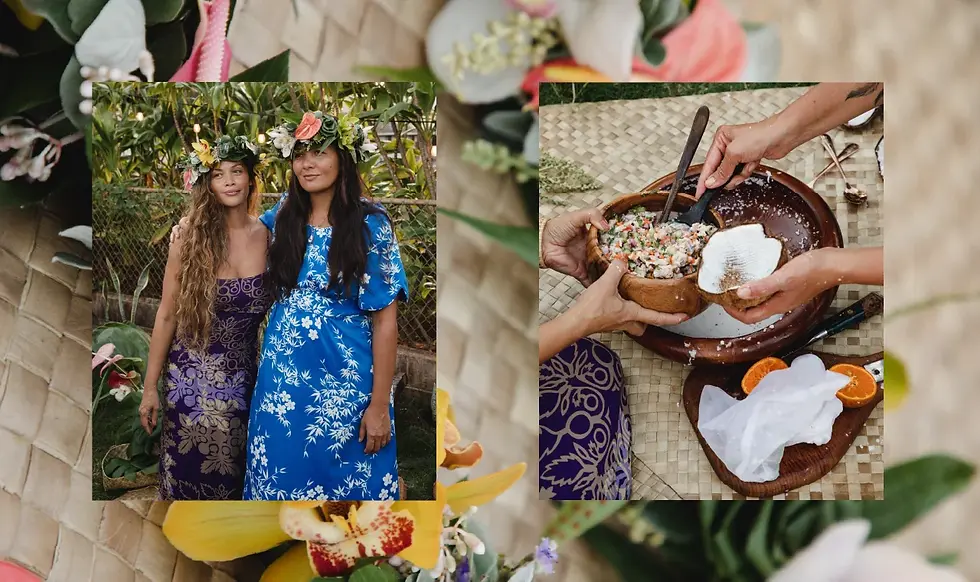
Watch all of Kimi's Kitchen on Kimi Werner's YouTube Channel
About Jordan P. Kelley

Jordan P. Kelley is a branded content trend watcher and thought leader, serving as BrandStorytelling's Content Director and curating the festival portion of BrandStorytelling: a Sanctioned Event of Sundance Film Festival. A Forbes contributor, Kelley co-produces The BrandStorytelling Podcast 'Content That Moves' as well as various video series for the BrandStorytelling YouTube Channel.
